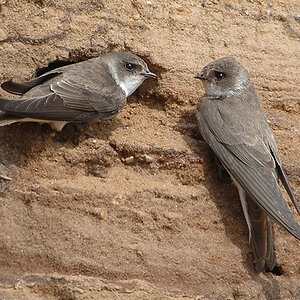sprokuski
TPF Noob!
- Joined
- Mar 13, 2009
- Messages
- 3
- Reaction score
- 0
- Can others edit my Photos
- Photos OK to edit
I love taking pictures of people, these few being from the past weekend, but I haven't yet mastered/even begun learning how to best utilize different lighting scenarios. Any advice on how I could have bettered these few images by using different techniques, lighting devices, angles etc would be greatly appreciated. And any advice in general would be just as welcomed  Thanks
Thanks
image 1

image 2

image 3A

image 3B

-Sebastian
image 1

image 2

image 3A

image 3B

-Sebastian



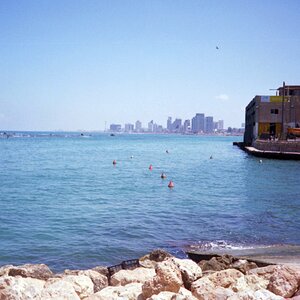
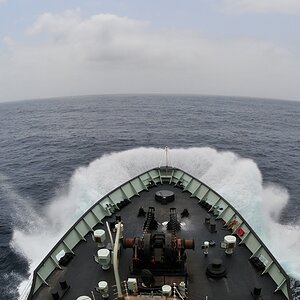
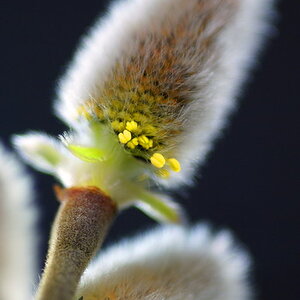
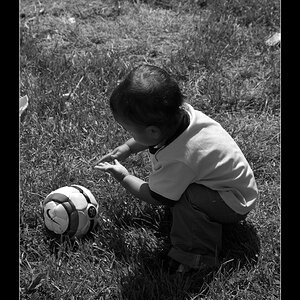
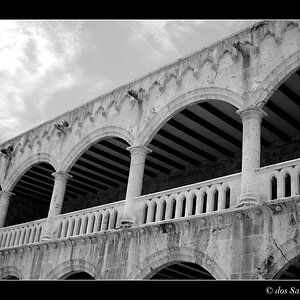

![[No title]](/data/xfmg/thumbnail/30/30873-79f4c5bc298110a994e9eed027728db8.jpg?1619734490)
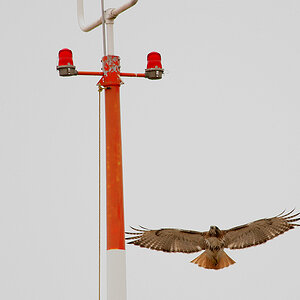
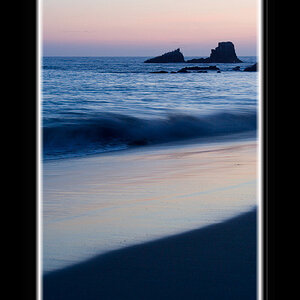
![[No title]](/data/xfmg/thumbnail/30/30874-7f3345ba7c76a7c5fa2570559598531b.jpg?1619734491)
